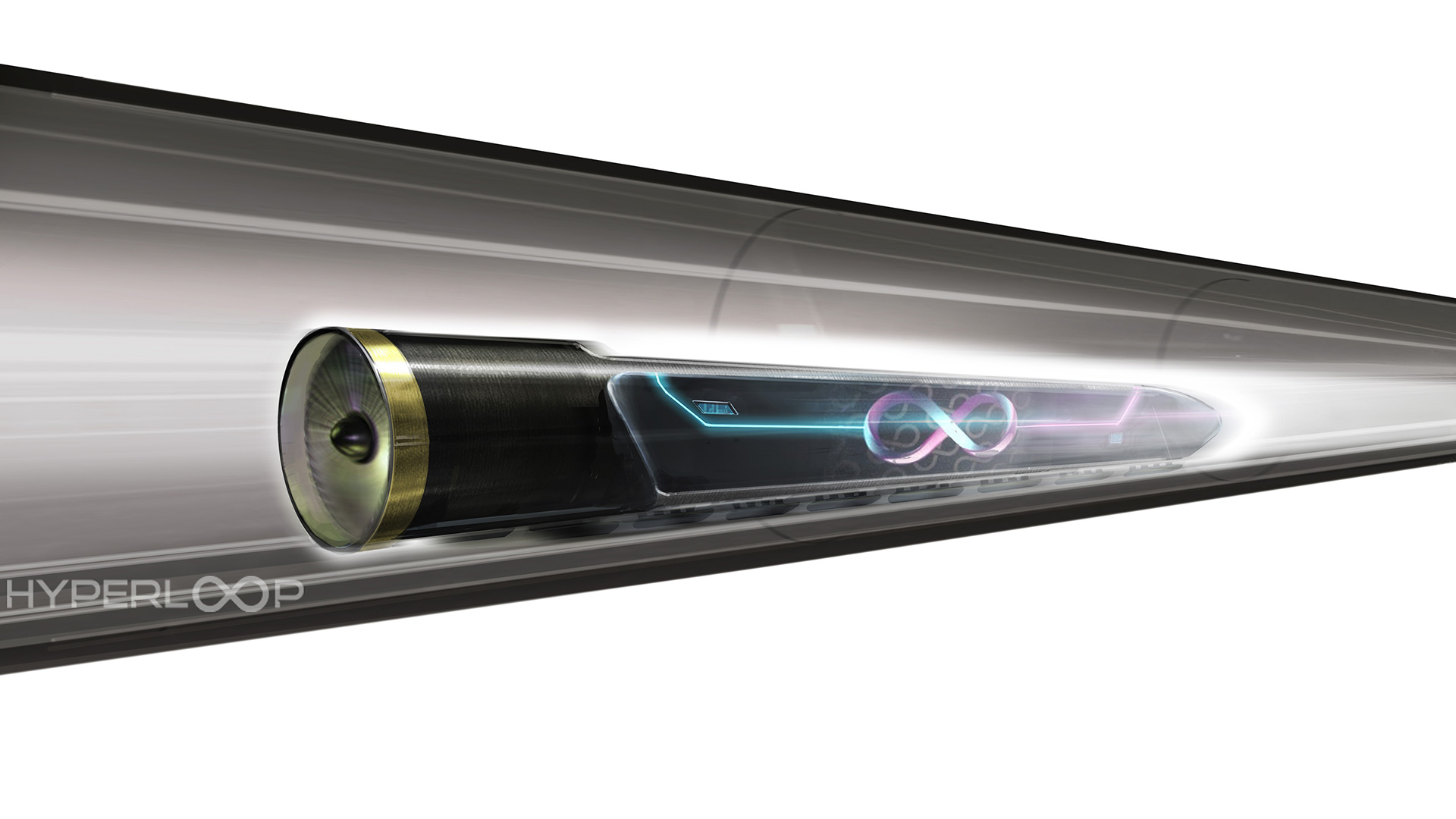

We now have designs to put with the physics of the Hyperloop, Elon Musk’s casually-dropped dream of “the fifth mode of transportation.” 23 of the 31 SpaceX-approved teams drafting designs for the vacuum-sealed mag-lev transport have released an early look at their visions for the future of travel, with all of them planned for three-quarter scale tests on a mile-long track later this year.
The Massachusetts Institute of Technology’s team scored the top trophy in the Design and Build Overall category, ahead of entries from The Netherlands’ Delft University, the University of Wisconsin, Madison, Virginia Tech, and the University of California, Irvine. So far, the MIT design reveals only the motive portion of a Hyperloop system: a 250-kilogram single-seat setup employing electrodynamic levitation, electromagnetic damping for centering within the tube, and hydraulic brakes for failsafe stopping.
Technically on point, sure. But the MIT concept, along with those from the University of Cincinnati and Carnegie Mellon University, looks rather tame in this company. Other competitors boast designs ranging from the intriguing to the madcap: The Auburn University entry looks like a microphone; the angular BadgerLoop looks like it was recycled from F-117 stealth fighters; the University of Colorado-Denver HyperLynx looks like a soapbox derby car got lost and rolled into the Hyperloop event; the UC Irvine HyperXite looks like an alien pod that any movie hero knows to shoot or set fire to. None of them appear the least bit comfortable, though. Perhaps SpaceX should look into those lush concept interiors unveiled last year.

The University of Cincinnati’s Hyperloop concept emphases the fan used to move air out of the way.
, University of Cincinnati
MIT’s Hyperloop idea doesn’t include much room for luggage.
, MITSpaceX is keeping a tight lid on the next phase of the plane, but the company is supposedly aiming for a test in August in the California desert. Top speeds likely won’t hit the 760-mph projected in Elon Musk’s 2013 white paper, but don’t be surprised at runs reaching 200–300 mph. Head on over to The Verge to check out the rest of the designs—it’s worth a look-through.